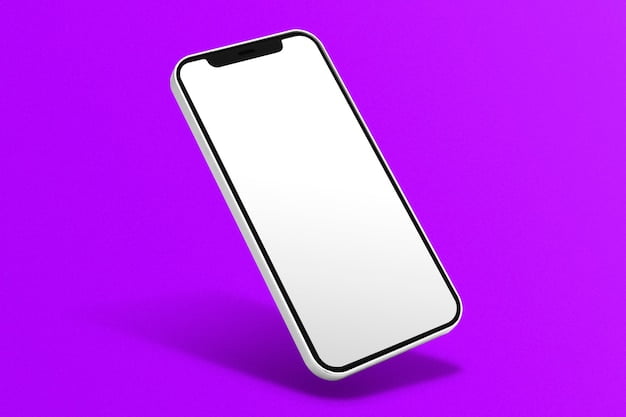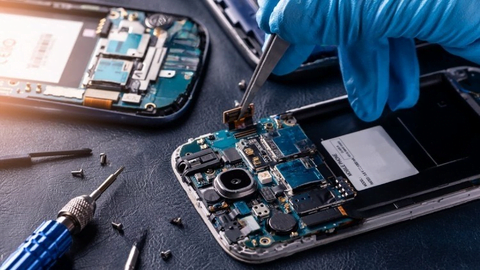A very common theme for CES this year seems to be “The Internet of Things” or IoT. With the introduction of smart modules that can be implanted into everyday objects around the home and workplace, the possibilities are endless.
But that is beside the point. The Wi-Fi Alliance has announced a new energy efficient type of Wi-Fi connection that comparable to Bluetooth. It is to be superior in range and travel through walls much better than current Wi-Fi technologies thanks to using the 900MHz band (existing Wi-Fi technologies use 2.4GHz and 5GHz). These conditions are ideal for the IoT that everyone is talking about.

Don’t expect to see any devices with this new Wi-Fi until 2018, though. This is when the Wi-Fi Alliance plans to begin certifying devices for HaLow (pronounced like “halo”).
HaLow is designed to be embedded in devices that transmit small amounts of data like fitness trackers, appliances, and a plethora of “things” that make up the IoT.
Over the next few years (assuming this becomes reality) either of two things can happen: Manufacturers don’t care for HaLow and continue to use an already existing technology called Bluetooth LE (LE stands for ‘low energy’), or HaLow will be integrated into existing Wi-Fi technologies, to only require a single Wi-Fi chip. This would knock the requirement of designing gadgets with two different wireless chips, one for Wi-Fi and another for Bluetooth.

Can we estimate that the new Wi-Fi standard will coincide with an increasing adoption of connected ‘things’? This may be a possible outcome. But it is too early to tell.
The IoT is an interesting idea that is still in the beginning stages of becoming a common consumer industry. We will have to wait and see if people really want to interface ‘things’ with other ‘things’.
[“source-gsmarena”]




